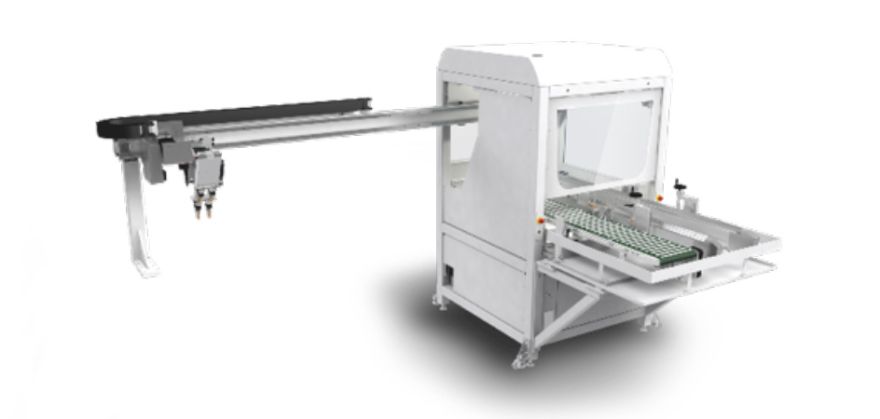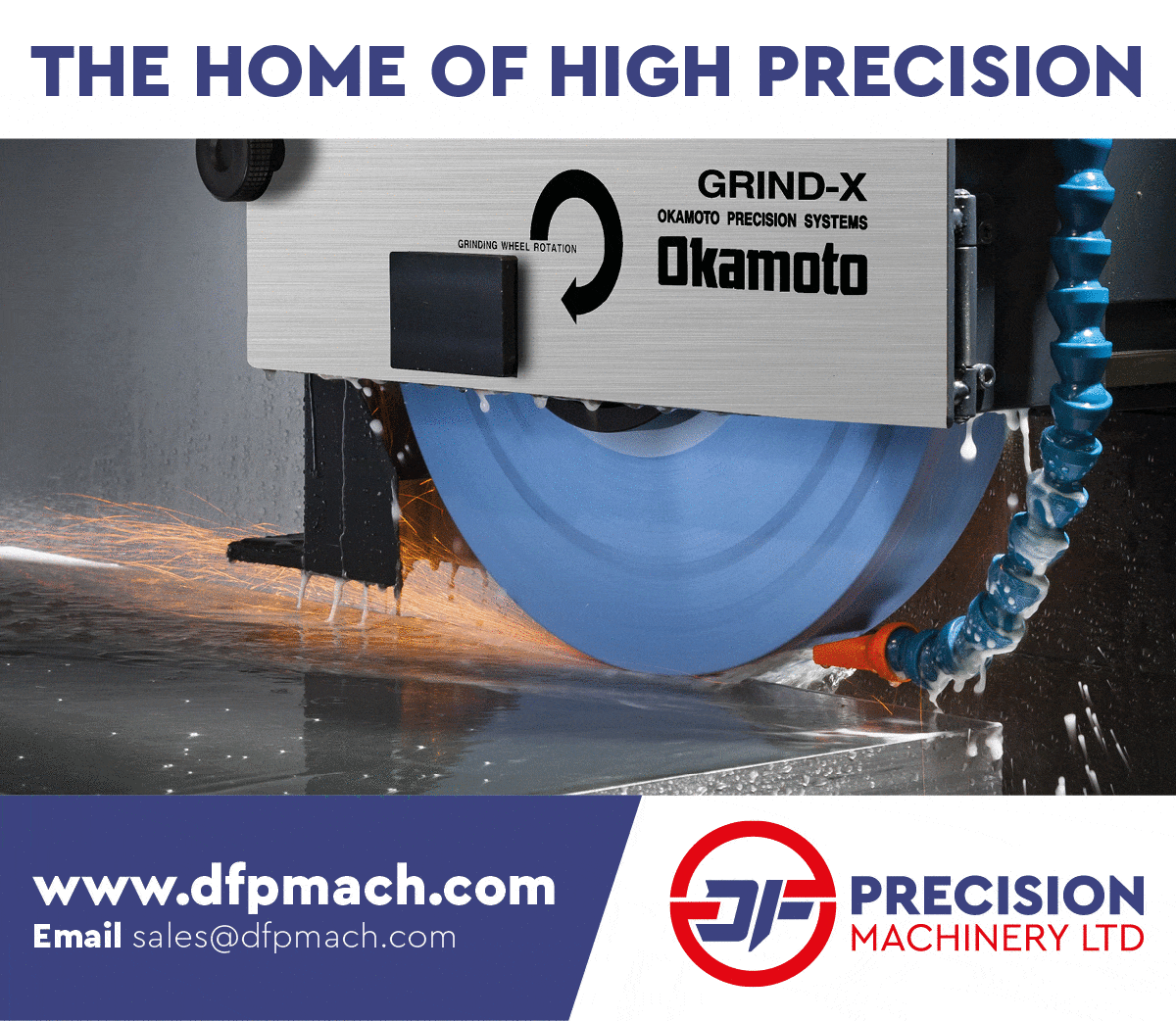STUDER offers its customers a wide variety of automation solutions
Published:

STUDER offers its customers a wide range of automation solutions. The Swiss grinding machine specialists give you an exciting insight into the world of automation; from the entry-level model to a customised solution, everything is offered and implemented.
The history of automation began when people at work started transporting bags and other goods from one place to another using human chains, rather instead of individually. One of the best-known forms of automation was invented by Henry Ford, with the assembly of complete vehicles on an assembly line in 1913.
STUDER offers its customers a wide range of automation solutions. Loaders are available in various price ranges. The more functionality the loader needs to offer, the more complex the loading model becomes.
STUDER easyLoad as a suitable entry-level model
The entry-level models are characterised by solid craftsmanship. They primarily provide a low-cost option for feeding and removing the desired parts to and from the grinding machine.
For the machine types S33, S31, S22 and S41, a loader solution is offered in the shape of a portal loader system with V-gripper. The STUDER easyload loading system is suitable for shaft components up to a part length of 300 mm and a gripper diameter of 4 to 30 mm (max. interfering contour Ø 50 mm). It therefore covers most of the part spectrum produced on these machines. The parts are supplied via a standardised, adjustable synchronised conveyor. The enclosure for the base module, which has been adapted to suit the machine design, enables safe and clean operation of the system.
STUDER easyLoad for external and universal cylindrical grinding machines
In the automation mid-range, where there is still an emphasis on standardisation, STUDER also offers suitable solutions in collaboration with external suppliers. Additional functions such as deburring, brushing or re-measuring ground parts can be offered for automation systems in the mid-range. For example, Wenger Automation & Engineering AG, in addition to the WeStack cell, which is responsible for the automation per se, also offers the WeSpeed cell. As the name suggests, this automation solution ensures quicker loading and unloading of parts on STUDER cylindrical grinding machines. The WeFlex is the flexible all-rounder among the Wenger automation cells, because the replaceable gripper bodies enable changeover from shaft to chuck parts in a flash.
WeStack and WeSpeed cells from Wenger Automation & Engineering AG.
As with cars, there are no upper limits for automation solutions. STUDER has implemented many different combinations of machines and technologies in the past and will also endeavor to do so seamlessly in the future. Other additional functions, such as reading and marking codes on grinding parts as well as sorting them, pre- and re-measurement between grinding cycles and match grinding, are just a few of the options that can be offered.
flexLoad – the loader from the USA
A strong trend towards automation is also evident in the USA. In response, UNITED Grinding North America has developed the flexLoad loading system. The flexLoad (the name stands for flexibility) features a six-axis robot, which can move into the machine on a seventh axis for workpiece changeover. The robot is currently available for the three STUDER models S33, S31 and S41 in the USA.
Fritz Studer AG
Tel: 0141 33 439 1111
Email:
www.studer.com
Quick Links
Telephone
Published By
Roger Barber Publishing
4 Mayfair Court
Cleethorpes
South Humberside
DN35 0QG
© Copyright Roger Barber Publishing , all rights reserved.
Terms and Conditions apply. This website uses cookies, click here for blocking details. Our Privacy Policy is available here.

